Review: Kiinalik: These Sharp Tools
Kiinalik: These Sharp Tools
Buddies in Bad Times/Theatre Passe Muraille
Written and performed by Evalyn Parry and Laakkuluk Williamson Bathory. Directed by Erin Brubacher. Runs until November 5.
Evalyn Parry and Laakkuluk Williamson Bathory couldn’t be more different. Parry is queer, from “the south” of Canada, and makes her art as a writer, director, actor, and artistic director of Buddies in Bad Times Theatre in Toronto. Williamson Bathory is from “the north.” She is an Inuit artist, storyteller, throat singer, and Greenlandic mask dancer, born in Greenland and living in Iqaluit.
But even coming from different cultures, it’s their similarities that are their strength. That’s what made them join forces to create Kiinalik: These Sharp Tools, a bracing, beautiful, thought-provoking, unsettling, challenging show. Parry and Williamson Bathory both come from feisty, confident parents who have passed on their teachings; they both have a strong moral compass that loathes prejudice and injustice and desecration of the land; and they both embrace storytelling to communicate their thoughts and ideas. Parry is the more playful of the two, Williamson Bathory the more quietly thoughtful.
They met on a ship on an Arctic expedition from Iqaluit to Greenland. Throughout the show, the women tell their own stories of the trip, along with observations of the world around them—Parry through music, her own songs and those of others, and Williamson Bathory through the traditional mythologies of her Inuit culture and Greenlandic heritage. I sense that it is Parry who has benefited more from the meeting, as her perceptions of Inuit culture, traditions, and history were expanded. Parry confides that she did not know of the Canadian government’s inhumane treatment of Inuit communities when they were moved several thousand miles away from their natural hunting grounds to remote communities so they could be “controlled” and “managed.” As she tells of this hideous point in our history, Parry’s voice quivers with emotion. That’s not history, she says. It’s living memory.
The show’s writing is dense, full of history, facts, mythology, dates. One can be overwhelmed. Don’t be. Listen. Hear. Consider this vital culture, different than many of our own. The way the stories are told illuminates the strength of the show. Director Erin Brubacher has sensitively woven the dialogue with performances, video panoramas, and music from the wondrous cellist Cris Derksen. It’s almost as if the cello itself is a mournful, expressive character.
One of the performances is a Greenlandic mask dance done by Williamson Bathory. She smears black makeup on her whole face, streaking lines through the black and adding slashes of red on the side of the nose. She puts two small balls in her mouth so her cheeks puff out. She then does something that introduces danger and a sense of unease to the evening: she enters into what should be the audience’s safe place. She approaches a man here, a woman there, her tongue flicking, her pelvis grinding forward. She growls and makes guttural, sexual sounds.
Then she approaches me. I am changed from a committed observer to one who is now engaged in the performance. Williamson Bathory pushes her face so close to mine I think we will touch. She holds her cupped hands in front of my chest as if she will grope me. I look her in the eye. I smile slightly. I don’t move. What if she touches me? What do I do? She moves on to someone else.
Later, as she takes off her makeup sitting on stage, she explains that that character celebrates sexuality, sex, and sensuality. By being so close to the audience, she was attempting to arouse everyone’s sensuality. A difference of cultures: Inuit are comfortable with their sexuality; while those of us from “the south” are not, we’re more uptight.
Good theatre explains our world and the worlds of others and makes us feel uncomfortable—uncomfortable about how we define ourselves, about our perceptions of the world and other cultures, uncomfortable when our comfort zone is invaded. Kiinalik: These Sharp Tools does all of this beautifully.
For tickets or more information, click here.


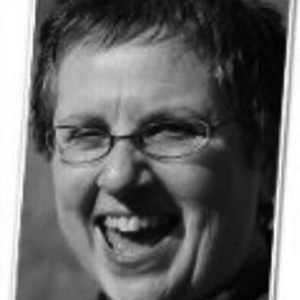






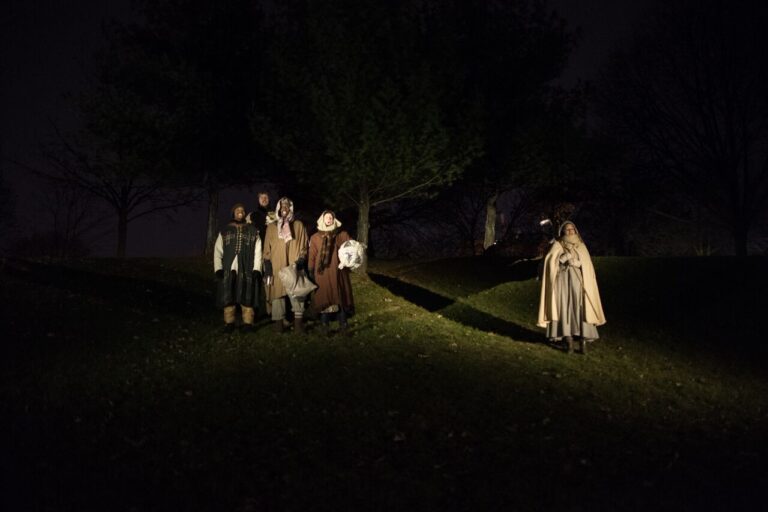
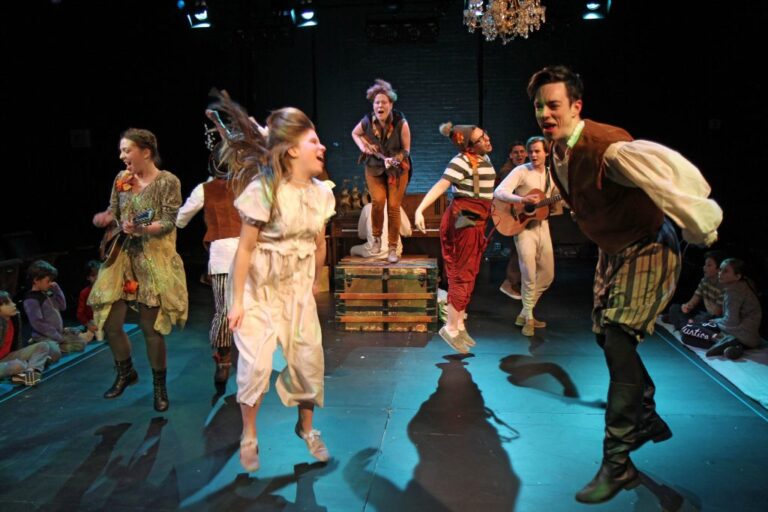
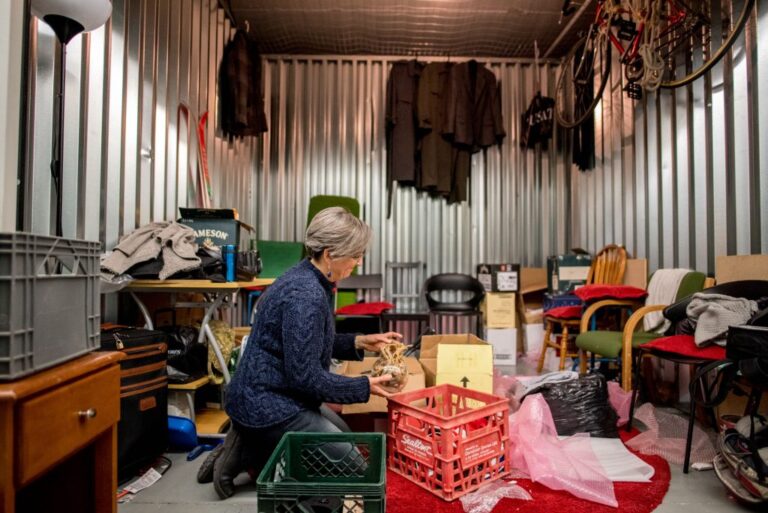
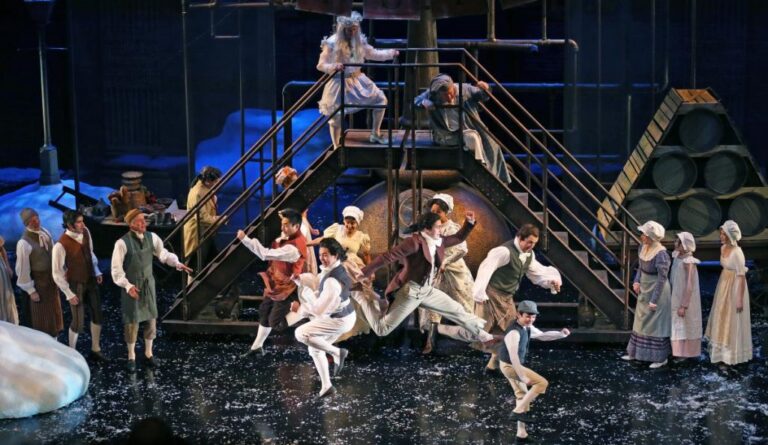
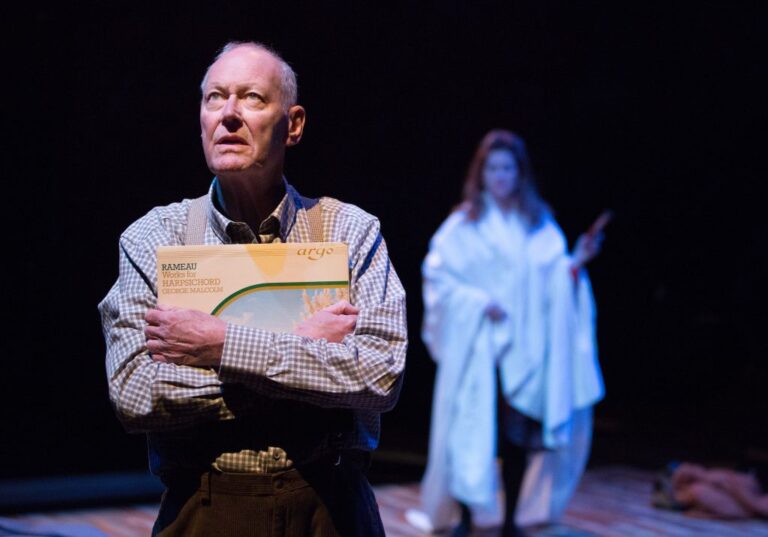
Comments